The Listening Room
Classical | Wind Ensemble and Symphony
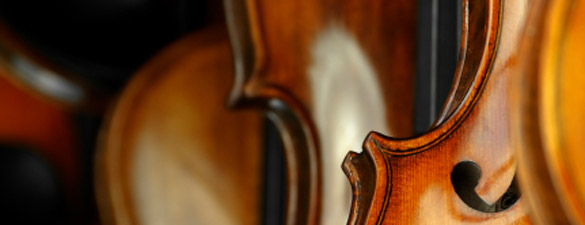
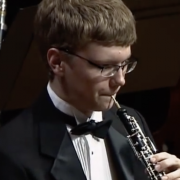
MIT Wind Ensemble
Awakening
A Tribute to the Arab Spring
by Jamshied Sharifi
Frederick Harris, Music Director
Spring 2012
Commissioned by the MIT Wind Ensemble
Watch the complete video of the performance.
Listen to “Awakening Part III.”
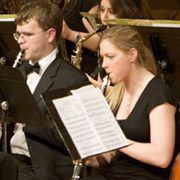
MIT Wind Ensemble
Rondo
by Malcolm Arnold
arranged by J. Paynter
Frederick Harris, Music Director
May 1, 2015

MIT Wind Ensemble
Awakening
A Tribute to the Arab Spring
Movement III | Ahead: The Real Transformation Has Barely Begun
Jamshied Sharifi
Frederick Harris, Music Director
Spring 2012
Commissioned by the MIT Wind Ensemble
Video: New England Emmy-winning film about the Awakening concert
Watch: “Awakening” Parts I-III
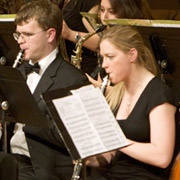
MIT Wind Ensemble
First Suite in Eb
Mvt. III-March
Gustav Holst
Frederick Harris, Music Director
Fall 2011

MIT Wind Ensemble
Toccata Marziale
Ralph Vaughan Williams
Frederick Harris, Music Director
Fall 2011
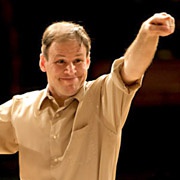
MIT Wind Ensemble
Chester Overture
William Schumann
Frederick Harris, Music Director
2011

MIT Symphony Orchestra
Mars, the first movement of The Planets,
a seven movement orchestral suite
Gustav Holst
Adam K. Boyles, conductor
Recorded live at Kresge Auditorium, 2011
Commentary about The Planets
Excerpt: "'Mars' is marked allegro and is in a 5/4 ostinato for most of its duration. It opens quietly, the first two bars played by percussion, harp and col legno strings. The music builds to a quadruple-forte, dissonant climax. Although 'Mars' is often thought to portray the horrors of mechanised warfare, it was completed before the First World War started. The composer Colin Matthews writes that for Holst, Mars would have been 'an experiment in rhythm and clashing keys,' and its violence in performance 'may have surprised him as much as it galvanised its first audiences.'"
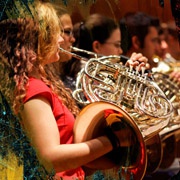
MIT Symphony Orchestra
Symphony No. 3 in C Minor, "Organ"
Movement No. 2
Camille Saint-Saëns
Kresge Auditorium | 7 May 2010
Adam K. Boyles, Music Director
Symphony No. 3 first premiered in 1886 and was directed by Saint-Saëns himself. The addition of the organ to the traditional instrumentation makes this symphony distinct. The compositional technique of thematic development can be heard throughout the piece.
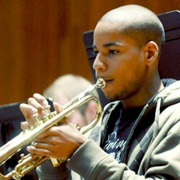
MIT Wind Ensemble
Second Suite in F (Op.28, No.2)
Movement No. 4 "Fantasia on the Dargason"
Gustav Holst
The Second Suite in F, composed in 1911, is one of the cornerstones of the wind ensemble literature. Movement Four, "Fantasia on the Dargason," is based on a 17th century English dance tune. The folk melody Greensleeves is elegantly partnered with the Dargason by the composer. Holst later rearranged this movement for string orchestra, as the final movement of his St. Paul's Suite.